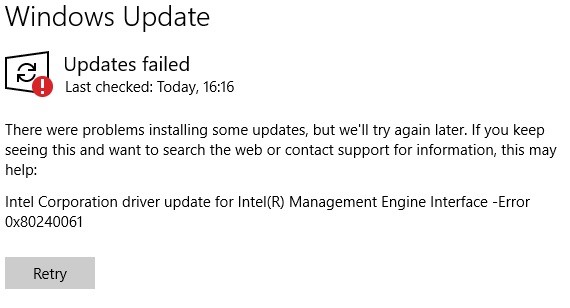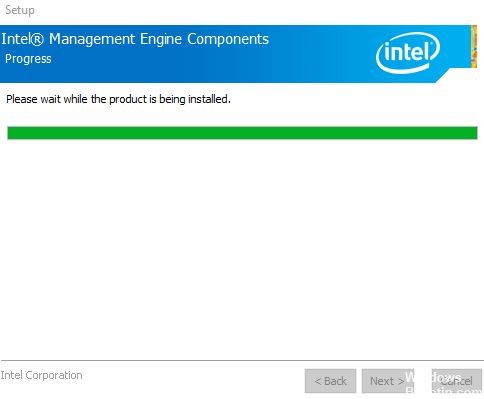

To remain flexible and scale easily, AMD will add Google Cloud's newest compute-optimized C2D VM instance, powered by 3rd Gen AMD EPYC processors, to its suite of resources focused on EDA workloads. Scale, elasticity, and efficient utilization of resources play critical roles in chip design, particularly given that the demand for compute processing grows with each node advancement. AMD will also leverage Google Cloud's global networking, storage, artificial intelligence, and machine learning capabilities to further improve upon its hybrid and multicloud strategy for these EDA workloads. Google Cloud and AMD today announced a technology partnership in which AMD will run electronic design automation (EDA) for its chip-design workloads on Google Cloud, further extending the on-premises capabilities of AMD data centers. We should also mention that TSMC already has a joint venture in Singapore together with NXP, called SSMC, which also produces for third parties. As these fabs take a few years to get going, they're not projects that are started on a whim.

As such, the nodes used in a future facility in Singapore might change depending on when the fab will open and it might end up producing chips on more advanced nodes as well. However, TSMC is already building a similar facility in the southern city of Kaohsiung in Taiwan that's scheduled for opening in 2024. The potential Singapore Fab would be producing 28 to 7 nm chips, in other words, quite far from TSMC's cutting edge nodes. The official statement from the TSMC on the matter is that the company "doesn't rule out any possibility but does not have any concrete plan at this time". This time the information comes via the Wall Street Journal rather than the usual Taiwanese sources and although the publication points out that no decision has been made at this point in time, it says that TSMC is apparently in talks with the Economic Development Board of Singapore. The rumour mill never seems to stop churning when it comes to TSMC and now the company is said to be looking at the tiny nation of Singapore for a future fab. The company mentions PCIe 5.0 for both graphics and the M.2 interface, which pretty much cements the earlier rumors about AMD offering PCIe 5.0 support for the M.2 interface on the AM5 platform.
#What is a intel management engine driver windows 10 pro
Finally Gigabyte has revealed that the company will be displaying its X670 Aorus Xtreme, X670 Master, X670 Pro AX and X670 AERO D at Computex next week. The two ASUS models are the ProArt X670E-Creator WiFi and the ProArt B650-Creator. The ASRock models are the X670E Taichi mentioned above, the X670 PG Riptide, X670 Phantom Gaming 4 and the X670 Steel Legend. In related news, has leaked details of several upcoming AM5 motherboards, of which four models are from ASRock and two from ASUS. The video has unfortunately been taken down, so we'll have to wait until next week to find out more details. The board is also expected to have Thunderbolt 4 support, which would be a first for an AMD board, although ASRock has offered Thunderbolt 3 in the past. It is also said to sport a 26-phase VRM setup. The board will feature Realtek's ALC4082 USB attached audio codec, as well as a ESS ES9218 DAC. The rest of the board is covered in heatsinks and various shrouds. The screenshot that was captured by Wccftech doesn't give away too much details, but the board appears to have at least three M.2 slots and a pair of PCIe x16 slots, one if each meant to be of the PCIe 5.0 version. It appears that ASRock got a little bit too excited and posted a Computex video earlier today that contained a brief glimpse of its upcoming X670E Taichi motherboard.


 0 kommentar(er)
0 kommentar(er)
